The South African government has allocated R710 million (almost USD$40 Million) over the medium-term expenditure framework to accelerate the expansion of the SA Connect programme, a flagship initiative aimed at providing free broadband connectivity to schools, clinics, and underserved rural communities.
Communications Minister Solly Malatsi announced the funding during his budget vote speech on July 11, 2025, revealing that the programme is expected to reach 5.5 million households by the end of 2026. This ambitious target comes as the government seeks to bridge the digital divide and ensure more South Africans have access to reliable internet.
Since October 2023, the country’s Department of Communications and Digital Technologies (DCDT) has made significant strides in expanding broadband access. According to Malatsi 1.8 million households have been connected to broadband under SA Connect. Via the project, 79 Internet service providers and SMMEs have been supported between October 2023 and March 2025 and 3,401 public Wi-Fi hotspots were also deployed by Broadband Infraco between April 2023 and March 2025.
ByGamuchirai Mapako
Launched in 2013, the SA Connect project was designed to address South Africa’s stark digital inequality. Despite advancements in urban areas, an estimated 80% of South African households still lack reliable broadband access, with only 10% using fibre or fixed-wireless connections.
The project is a collaboration between Broadband Infraco (a state-owned telecoms company) and the State Information Technology Agency (SITA). It follows a phased approach, the first
phase which has already been completed, focused on connecting government facilities while the second phase which is still ongoing prioritises underserved households, particularly in rural and peri-urban areas.
In the 2024/25 financial year, the DCDT allocated R1.6 billion to Phase 2, which began in April 2024. The department initially aimed for 80% broadband coverage by 2030, but revised this target to 2024, a goal that remains unmet.
Despite the progress, a major hurdle remains, Broadband Infraco, a key player in SA Connect, is technically insolvent. In November 2024, the DCDT informed Parliament that the state-owned entity had lost R459 million over the past four financial years, a liquidity ratio below 1, meaning it cannot cover its short-term liabilities and no capital to fund future growth plans.
The company’s financial woes stem from years of mismanagement, with its last profitable year being 2019. South Africa shares a similar predicament with Zimbabwe, that of infrastructure vandalism and load-shedding which have disrupted services, isolating some of its Point of Presence (PoP) sites.
While R710 million has been allocated, more investment is said may be needed to meet the 2026 target and the government also has to address the issue of vandalism and electricity shortages which continue to disrupt connectivity.
The SA Connect programme represents a critical effort to democratise internet access in South Africa. If successful, it could transform education, healthcare, and economic opportunities for millions. And Zimbabwe could learn a thing or two from her neighbour and also has a lot of catching up to do.



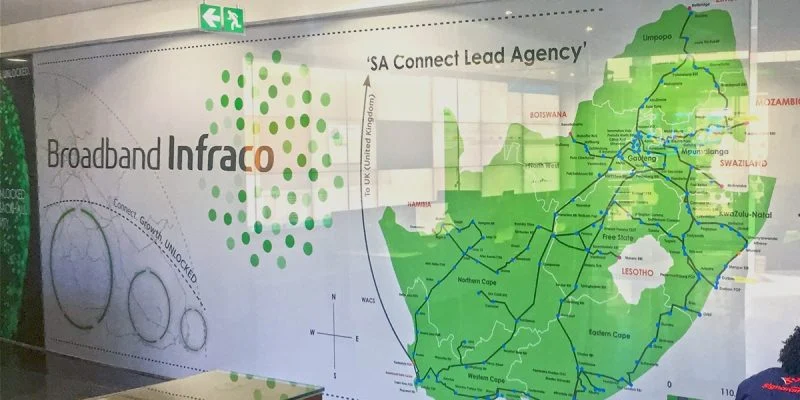
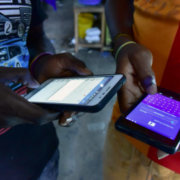

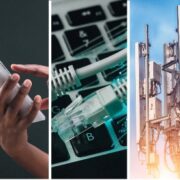
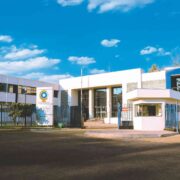
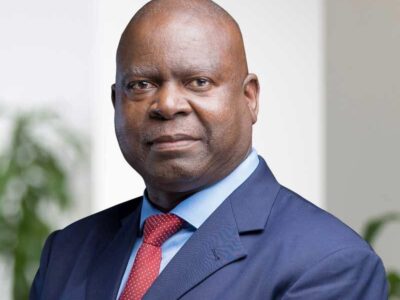
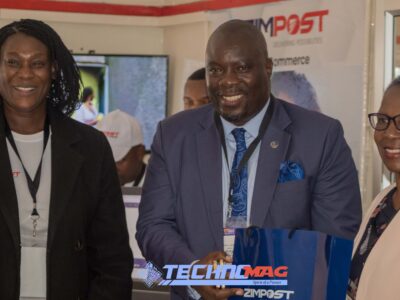
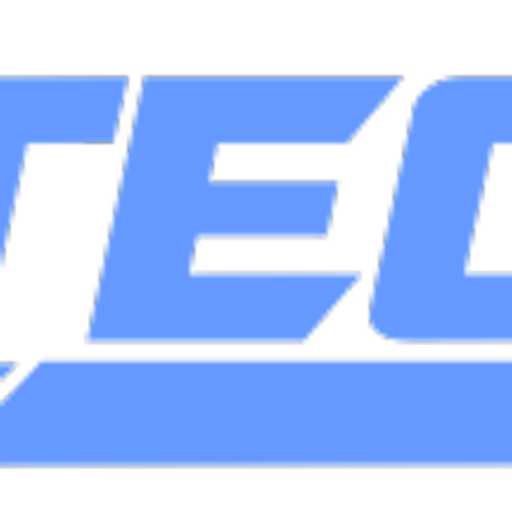


Comments